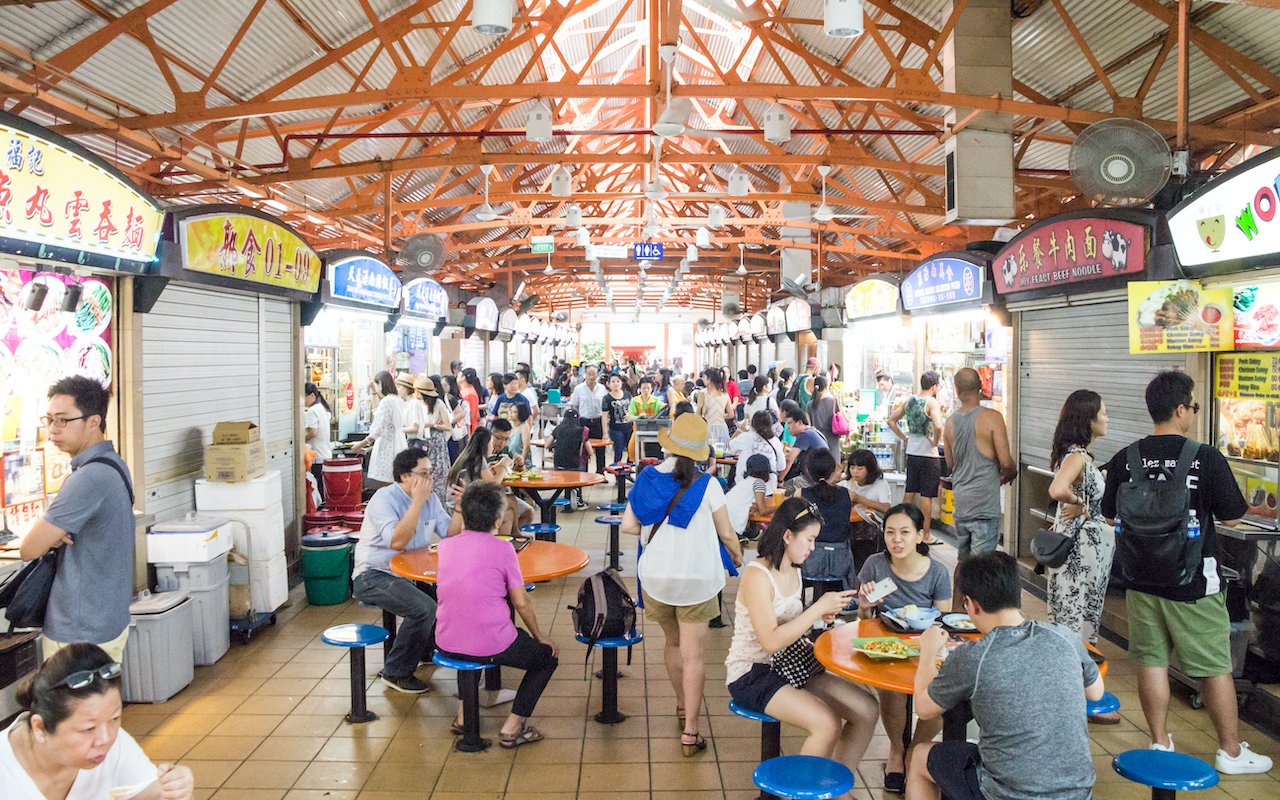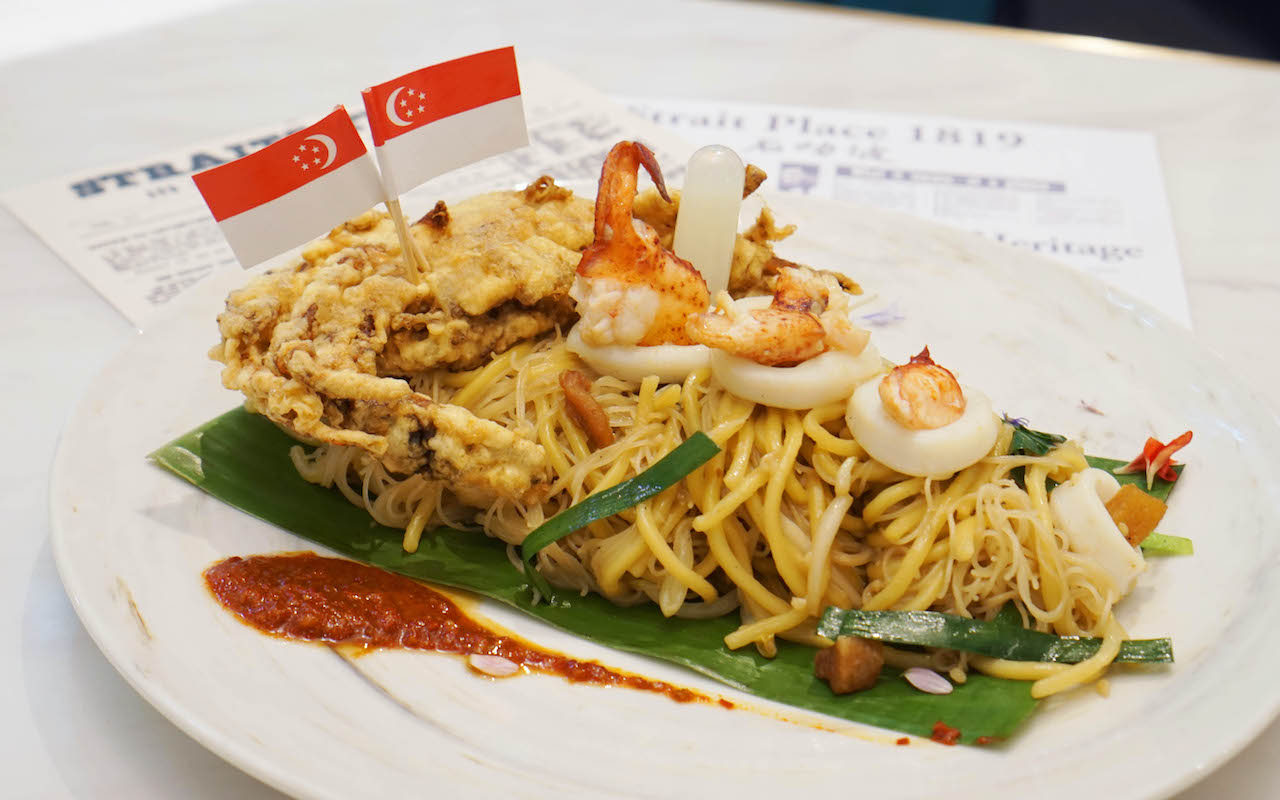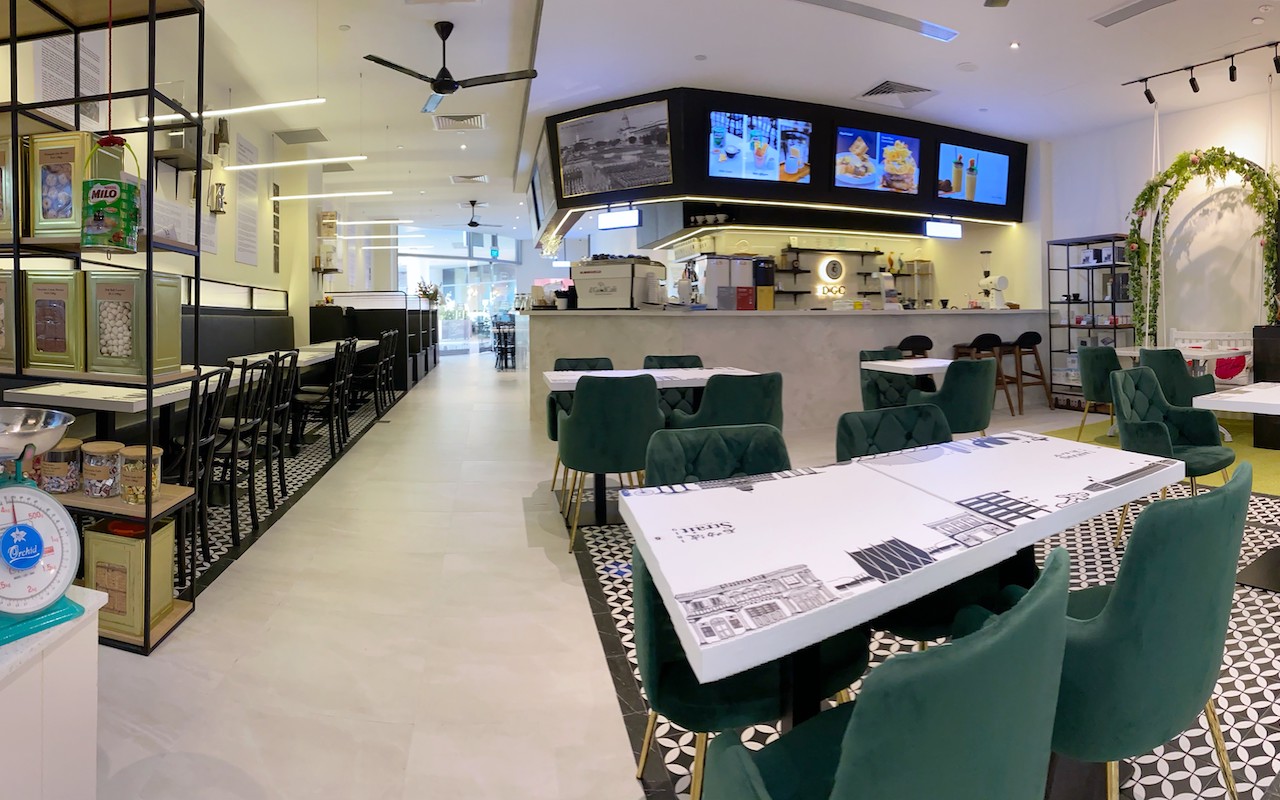
It’s important to keep the food heritage of Singapore alive. Hawker centres are very much the pillar of Singapore’s vibrant culinary scene and tell the story of the nation’s rich history and evolution. They are our community dining rooms, where foodies of all ages, races and backgrounds gather together without boundaries.
Many hawkers, including those who own popular stalls with snaking queues, are retiring without successors. If we don’t encourage the preservation of our food heritage or try to preserve it ourselves, it may slowly disappear. If this happens, it would be like losing a part of ourselves and who we are as Singaporeans, as our food heritage reflects Singapore’s multi-ethnic culture.
It’s clear that the government knows the value of this as part of our national identity, which is why it nominated Singapore’s hawker culture for Unesco’s Representative List of the Intangible Cultural Heritage of Humanity. More importantly, we are so glad an international committee agrees with the nomination, and the nation’s valuable hawker heritage has now been officially added to the list!

Safeguarding and promoting heritage food is what we hope to achieve with Strait Place 1819, a casual dining spot inspired by the early coffee shop. We hope to preserve Singapore’s culinary heritage and promote greater interest in our local food through innovation and education.
Our menu offers modern interpretations of Singapore’s favourites and also includes informational snippets of the origins of the dishes, for those who are interested. We would like to see our heritage food being firmly cemented on the global map and to be considered as one of the great cuisines in the world. While maintaining the essence of each dish, we do a little bit of cultural cross-pollination. For instance, the local dish could be deconstructed before it is reassembled with a new cooking technique (for instance, French). However, the key flavours and taste are retained.
If we don’t encourage the preservation of our heritage food… it may slowly disappear. If this happens, it would be like losing a part of ourselves
We think that presenting inventive dishes on the dining table will encourage diners to think more deeply about the origins of the dishes. On our end, we develop a greater appreciation for the food as well, as we first need to understand the dishes in depth and know how to prepare them in their original form before we begin to tweak them.
With many joints now offering contemporary takes on various cuisines to target the younger, more informative set, we think that fusion dishes would sit well with the modern palate, even across borders. Collectively, there are many great local chefs and establishments serving Singapore fusion food. This reflects an increasing interest in our local cuisine and probably a rising concern over the risk of losing our food heritage. What we need to do is to fan the interest, and to keep it going through continuous improvements in our offerings.
Thankfully, Singaporeans and residents here love their local food. The challenge is getting them to appreciate the time and dedication it takes to produce these specialties, and to get them to pay a slightly higher price for it.

The Covid-19 pandemic has greatly affected the food and beverage industry and made it harder for food businesses to stay afloat. Once the coronavirus reached our shores, there was significant decline in footfall. During circuit breaker, eateries scrambled to switch to the only available modes of operation – takeaways and deliveries.
Many were unprepared for the long-term impact of the pandemic and struggled with cost-cutting measures. Several, unfortunately, have shuttered. Now with social distancing in place, seating capacity has been greatly reduced. All of this has definitely impacted revenue.

On a positive note, the industry was driven to be innovative and to go digital in order to stay above the waters. I learnt that it’s important to maintain a psychologically resilient outlook and to be prepared to act quickly should there be a need for change. We shouldn’t be afraid to adapt. When change is necessary, being resistant can be devastating.
For us, we had to set up our own e-commerce platform within a week. The lockdown also gave us more time to rethink our offerings, and it was during this period that Strait Place 1819 was conceived. To overcome the ever-increasing operating costs, we need to be creative in our menu to be more cost effective and find innovative ways to automate operation, so that it can be less laborious and more productive.
We shouldn’t be afraid to adapt. When change is necessary, being resistant can be devastating
The future of the industry still looks bright. I foresee a shift to healthier dining options and more responsible eating, such as plant-based meat, driven by environmental consciousness. There will also be a greater emphasis on innovation to increase productivity in order to reduce labour and to meet the increasing demand for food.
With consumers always looking for convenience and novelty, restaurants need to constantly review, renew and recalibrate their business models to retain their loyal pool of customers while attracting new ones. All this – while ensuring food quality is never compromised.
SEE ALSO: You haven’t experienced true Singapore hawker culture if you haven’t tried these 3 stalls
The post Opinion: Why Singapore’s food heritage needs to be safeguarded appeared first on SilverKris.
from SilverKris
No comments:
Post a Comment